The eastern cottontail rabbit, in town and country
The eastern cottontail rabbit, which is present in much of the United States, moved into southern Ontario in the 1860s. Since then, it has moved progressively north, taking advantage of forest-clearing activities, the expansion of agricultural terrain, and climate change. It arrived in southern Québec in around 1930 and now lives in the orchards, fields and some urban parks of Estrie, Montérégie, Montreal and Ottawa-Gatineau.
Smaller than its cousin the snowshoe hare, the cottontail does not turn white in winter. You can recognize it by its cinnamon-coloured nape of neck and highly visible fluffy white tail. Starting in mid-March, the couples begin a spectacular courtship featuring frantic chases and leaps. In southern Québec, the female rabbit (or doe), can have two or three litters a year of four to six young after a 28- day gestation period.
In contrast to the hares, who are born with a heavy coat of fur and leave the nest barely four days later, the newborn bunnies are naked and blind and stay in the nest for close to two weeks. During this period, they hide in a shallow hole dug by their mother. Often concealed in a bush, the nest is hard to see; the mother covers it with a carpet of grasses, leaves and fur every time she leaves her young after having fed them with her milk.
Eastern cottontail rabbits love clover, alfalfa, dandelions, vegetables and flowers in summer, and in winter feed on the bark and twigs of various trees and shrubs. The twigs are neatly cut in a wedge, whereas those eaten by white-tailed deer are torn. Ever more present in southern Québec, this rabbit fears several predators, including the fox, coyote, weasel and birds of prey. Not to mention cats, dogs and…gardeners exasperated by the mess the bunnies sometimes make of their plantings.
More from this author by clicking on his photo below.


Jacques Prescott131 Posts
Jacques Prescott est biologiste, professeur associé à la Chaire en éco-conseil de l’Université du Québec à Chicoutimi. Spécialiste de la biodiversité et du développement durable, il est l’auteur de nombreux livres et articles sur la faune et la conservation de la nature. Il nous fait l’honneur de rejoindre notre équipe de collaborateurs et signera chaque mois une chronique intitulée Faune et flore. / Jacques Prescott is a biologist, associate professor with the Chair in Eco-Counselling of the Université du Québec à Chicoutimi. A specialist in biodiversity and sustainable development, he is the author of numerous books and articles about wildlife and nature conservation. He has honoured us by joining our team of contributors and will write a monthly column entitled Wildlife and Habitat.
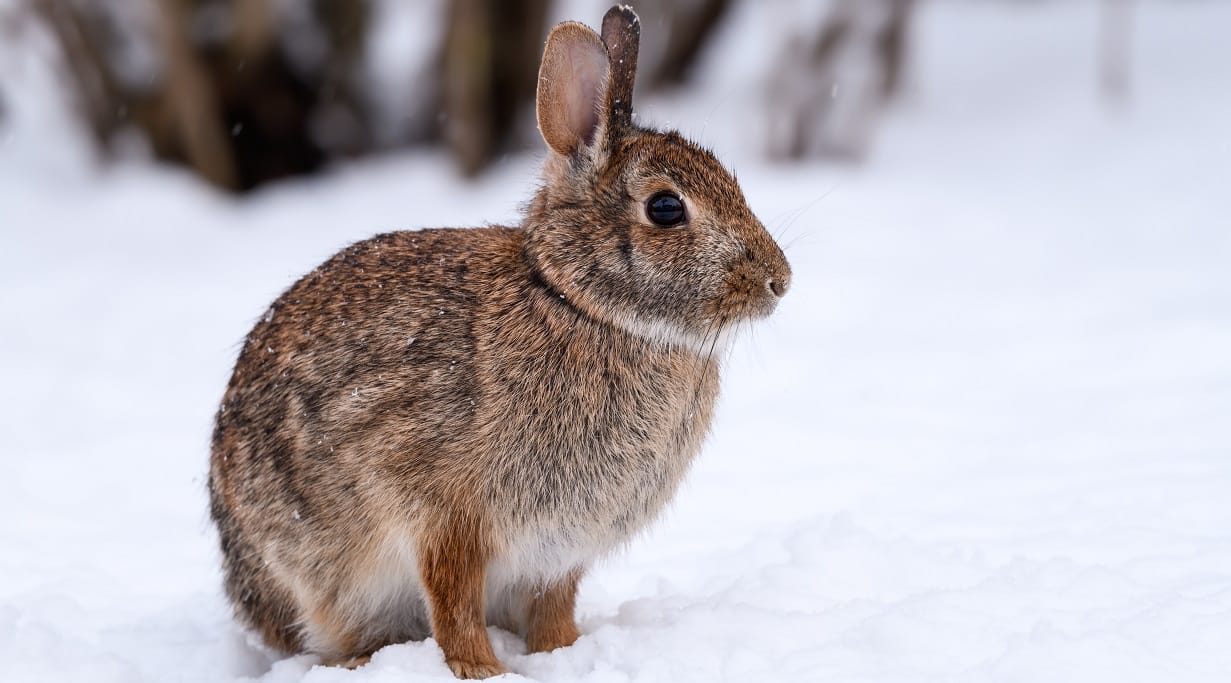


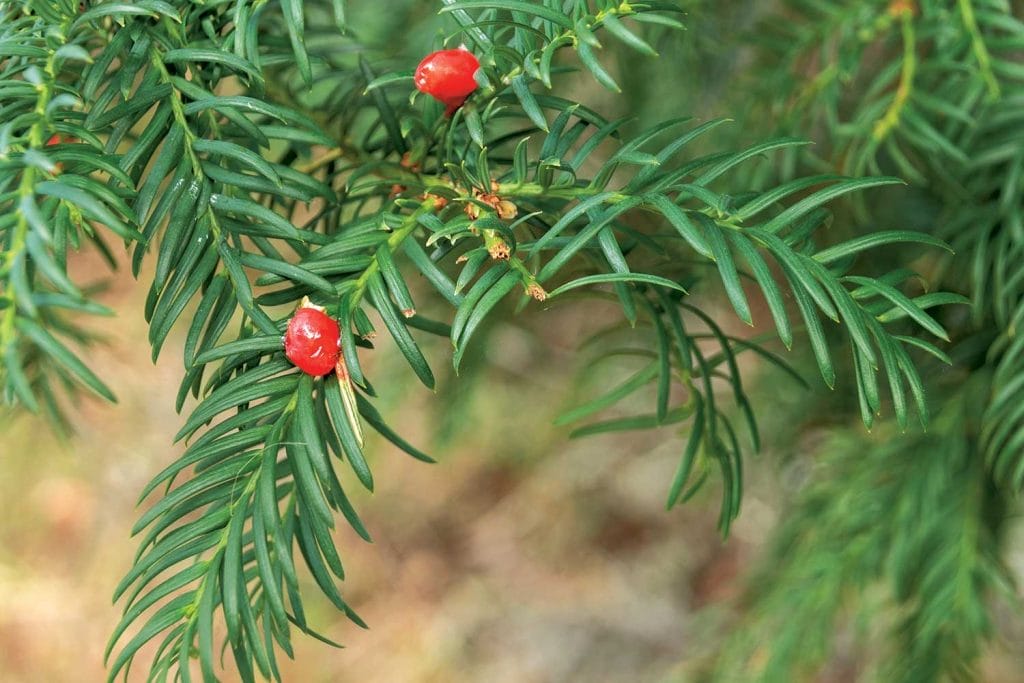
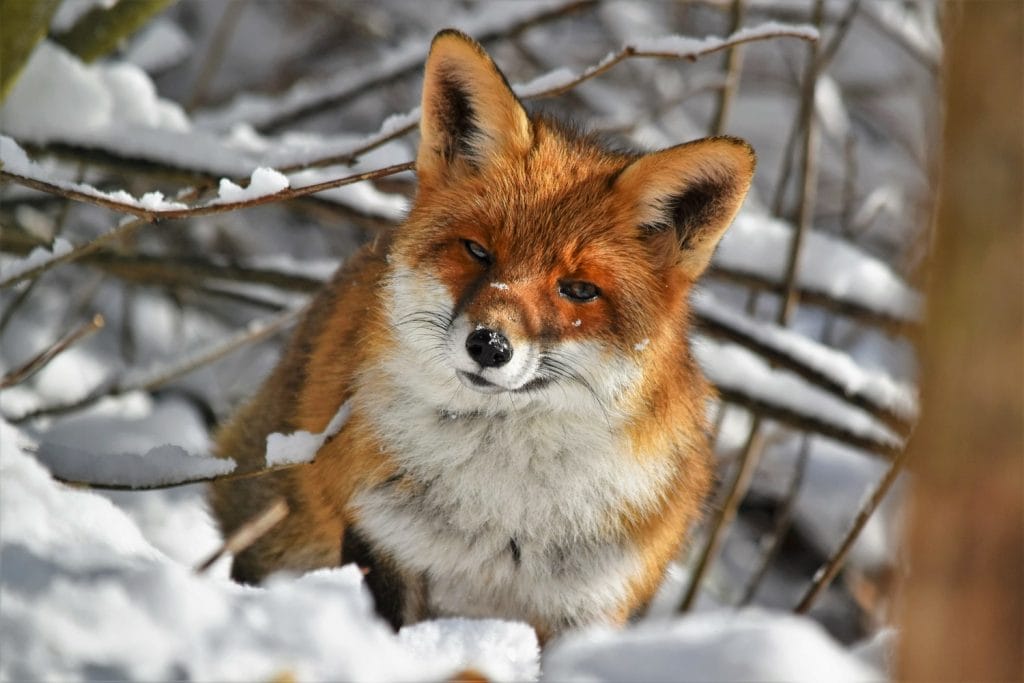
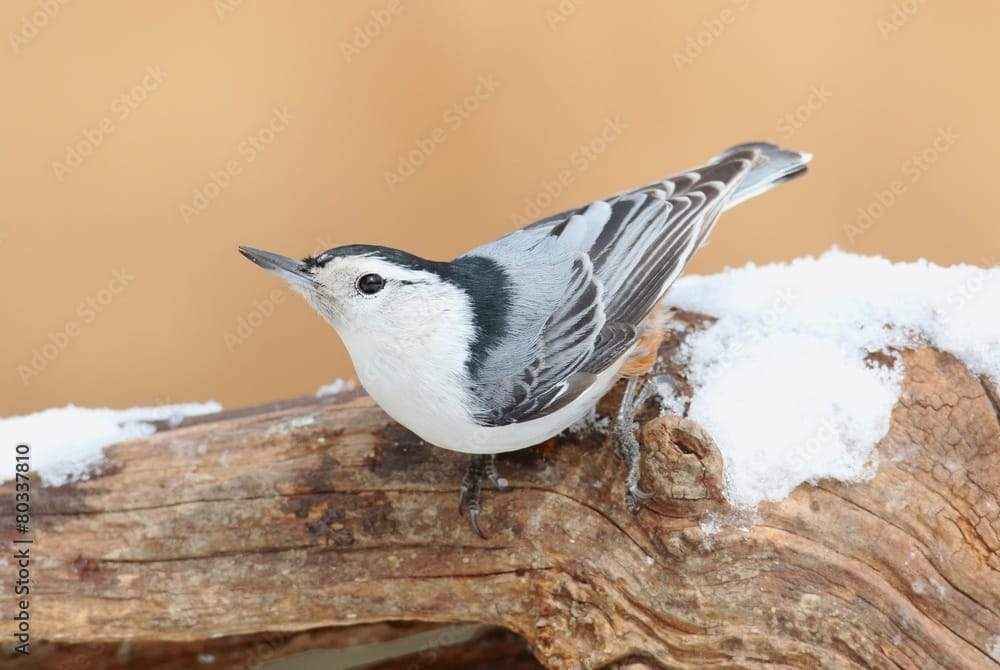
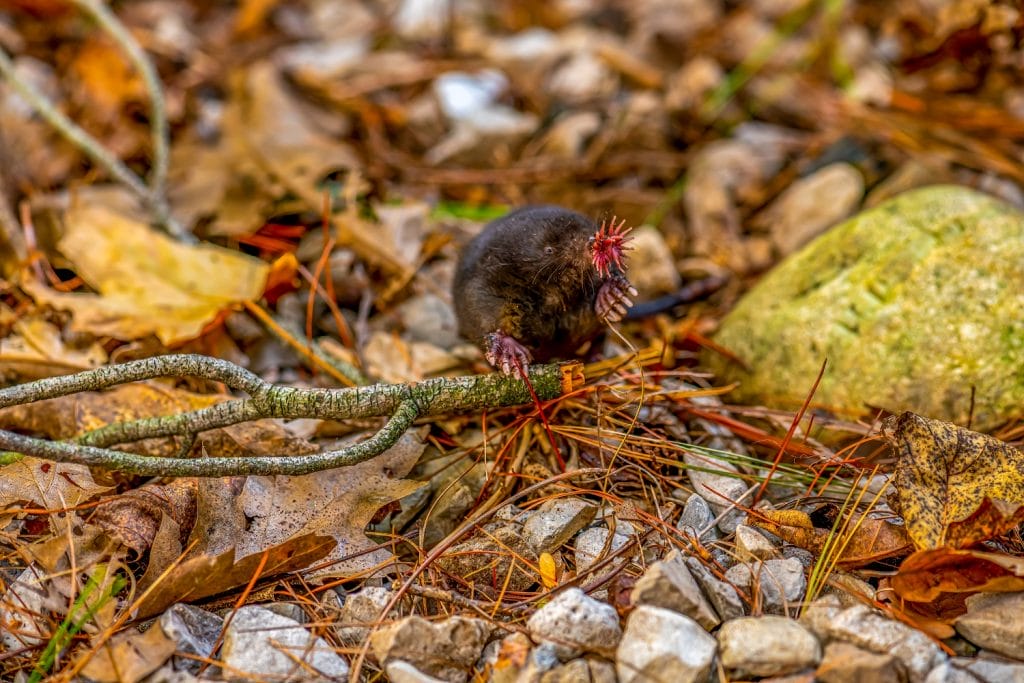


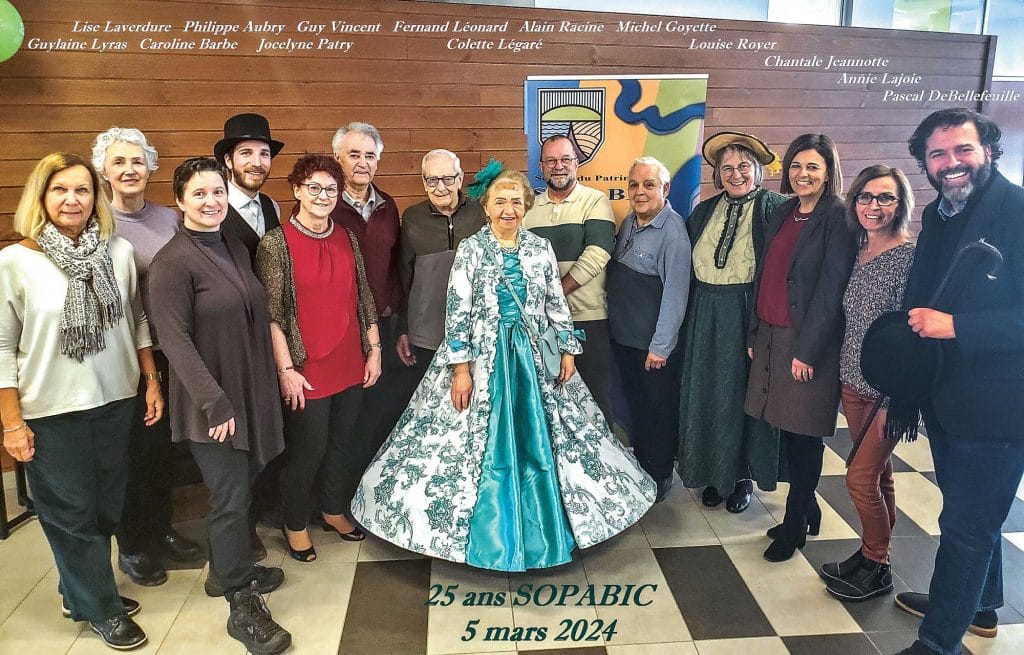


0 Comments